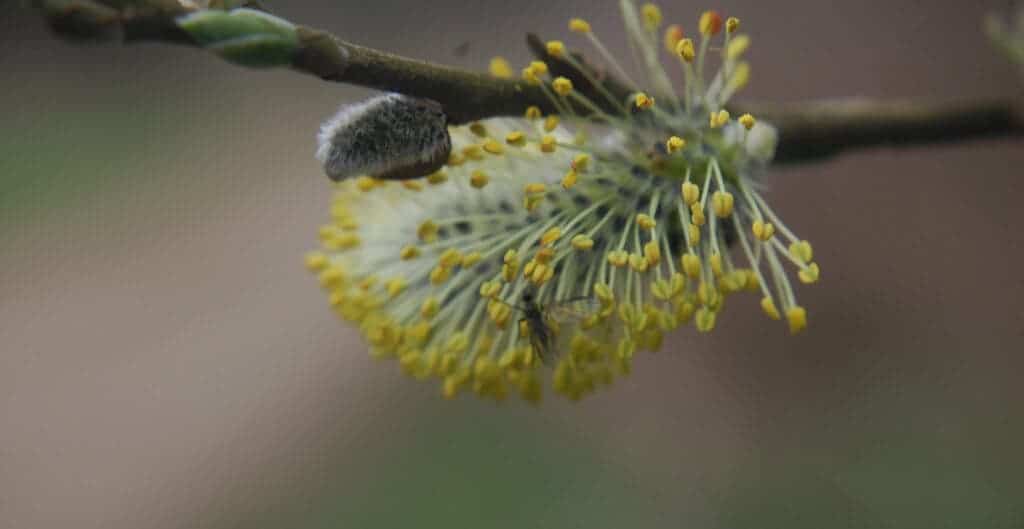Climate change is making pollen seasons start earlier, last longer and have more pollen, which essentially means more days of runny noses, according to a new study. Researchers looked at pollen trends across the United States and Canada between 1990 and 2018 and used climate models to understand the link with climate change.

Pollen is one of the most common triggers of allergies. It’s a very fine powder produced by trees, flowers, grasses, and weeds that causes an adverse immune response on some people who breathe it. The immune system mistakenly identifies pollen as an intruder and produces chemicals to fight it, a process known as an allergic reaction. The result can range from a minor inconvenience to serious conditions.
Some people have pollen allergies year-round, while others only have them during certain times of the year, especially in spring, summer, and fall – when plants release pollen to fertilize other plants. Grasses are the most common cause of allergy, especially ragweed. Other sources include sagebrush, pigweed, and tumbleweed, among others.
The prevalence of allergies among US citizens has skyrocketed in just a few decades. In 1970, about one in ten Americans suffered from hay fever, which is caused by airborne allergens, such as pollen. By 2000, three in ten did, which represents 20 million on the adult population, according to research by the Asthma and Allergy Foundation of America. A part of that increase may be caused by climate change.
William Anderegg of the University of Utah School of Biological Sciences and a group of researchers wanted to further understand the link between pollen and climate change. While previous studies had looked at the link between pollen and climate change, no studies had been done before on pollen trends at a continental scale or to calculate the likely contribution of climate change
“A number of smaller-scale studies – usually in greenhouse settings on small plants – had indicated strong links between temperature and pollen,” Anderegg, the study lead, said in a statement. “This study reveals that connection at continental scales and explicitly links pollen trends to human-caused climate change. It’s a crystal clear example of how climate change is already affecting people’s health.”
The researchers collected measurements between 1990 and 2018 from 60 pollen count stations across the US and Canada, which are run by the National Allergy Bureau. The stations collect airborne pollen and mold samples, which are then hand-counted by certified counters. Most of the stations are in the US, with just two in the cities of London and Ontario in Canada.
The amount of nationwide pollen increased by around 21% over the study period, the findings showed. The greatest increases were recorded in Texas and the Midwest. At the same time, the researchers found that pollen season currently starts 20 days earlier than in 1990. This suggests that global warming is changing the internal timing of plants, known as phenology, to start producing pollen earlier.
The researchers also applied statistical methods to the pollen trends in conjunction with nearly two dozen climate models. They found that climate change alone could account for around half of the pollen season lengthening and around 8% of the pollen amount increasing. They divided the study years into two periods and found climate change’s contribution to the increasing amount of pollen is accelerating.
The findings are in line with a research brief by Climate Central from 2019, which showed global warming is extending the freeze-free season – giving plants more time to grow, flower, and produce pollen. At the same time, as CO2 levels rise, some plants that produce allergenic pollen produce even more of it, lab experiments showed.
The study was published in the journal PNAS.









